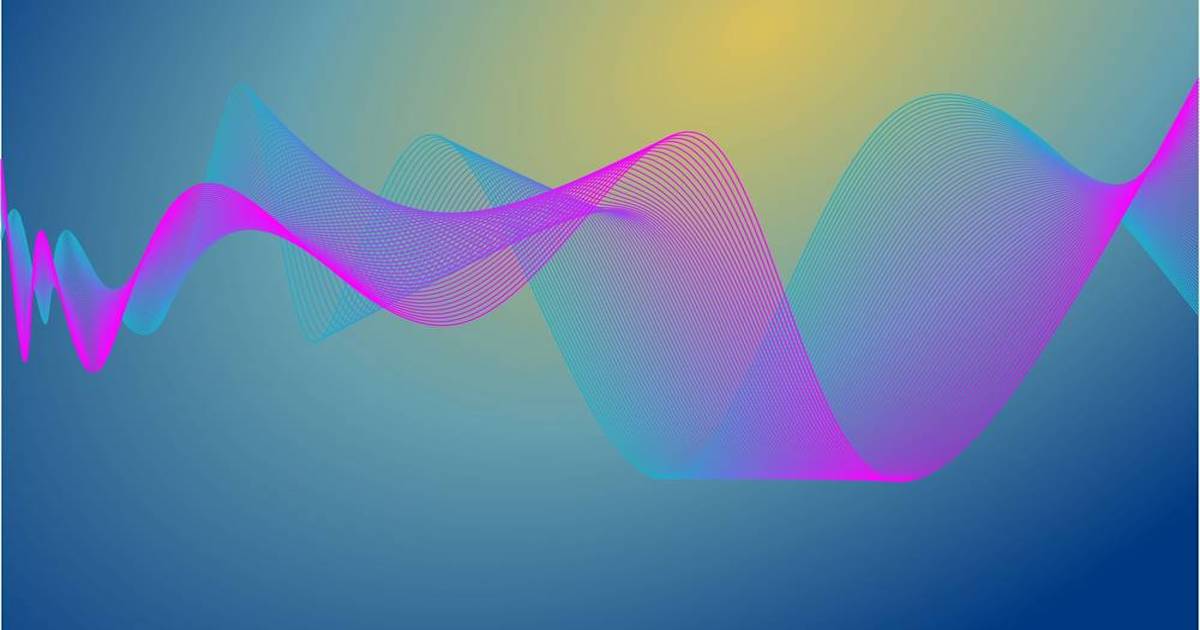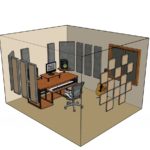It’s the time of year for saving money!
It is a goal we audiophiles love to chase but sadly understand it is unicorn like elusive – that goal being our systems sounding like live music. Our efforts in this pursuit may be far reaching and sometimes we might come amazingly close, although typically at considerable cost. Other times, we simply buy a system that suits our budget, has the necessary features, accommodates a variety of musical formats, will fit in a required space and at that point, willingly accept the sonics the system will render. Not always is life a bowl of cherries.
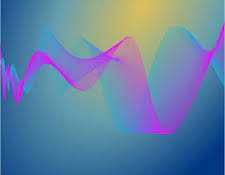 One step back from that live goal is the pursuit of a sonic equivalent to what the recording engineer heard in the studio when the music was recorded live. This also is not without its preclusions as seldom are we, as the end use listener, ever knowledgeable of what anyone in the studio actually heard. All we might reasonably expect is a sound we happen to enjoy.
One step back from that live goal is the pursuit of a sonic equivalent to what the recording engineer heard in the studio when the music was recorded live. This also is not without its preclusions as seldom are we, as the end use listener, ever knowledgeable of what anyone in the studio actually heard. All we might reasonably expect is a sound we happen to enjoy.
That digital audio is all the rage and the various iterations on how it may be presented are ever changing is obvious. When we examine digital music in its totality, we see both plusses and minuses. In the plus category we find things like wide dynamics and relatively low noise. One big glaring minus are the spurious conditions caused by jitter. Worse still, many may not even be aware how devastating an effect jitter can have, how pervasive it may be in any one system and perhaps worst of all, how to effectively manage its negative effects. In order to cover a multitude of sonic sins, it has become increasingly popular to utilize Digital Signal Processing (DSP) predominately and to a lesser degree, a graphic equalizer to alter or modify the sound to do the one thing we all seek to accomplish – make our systems sound better.
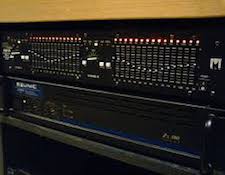 One of the larger issues surrounding equipment choice is the way in which various components are voiced. Some manufacturers prefer prodigious bass, presumably because they feel bass sells. When the predominance of the high performance buying public like prolific bass response, it’s pretty simple, make the thing have a lot of low frequency slam. Other manufacturers choose to build their components as neutral as possible so hopefully, the actual sound of the recording will be what is heard from the speakers. For anyone who is interested there are alternatives, and they include DSP, and what was in the 1970’s a popular feature – a graphic equalizer.
One of the larger issues surrounding equipment choice is the way in which various components are voiced. Some manufacturers prefer prodigious bass, presumably because they feel bass sells. When the predominance of the high performance buying public like prolific bass response, it’s pretty simple, make the thing have a lot of low frequency slam. Other manufacturers choose to build their components as neutral as possible so hopefully, the actual sound of the recording will be what is heard from the speakers. For anyone who is interested there are alternatives, and they include DSP, and what was in the 1970’s a popular feature – a graphic equalizer.
I have every confidence that equalizers came about as a novelty feature and a way for manufacturers to emulate professional recording studios. That almost without exception, the three little slide controls on an inexpensive receiver made in the 70’s did little to nothing is beside the point, it was a selling feature. As time moved on and digital technology improved, DSP began showing up as a means to principally correct room anomalies and attempt to offer something akin to a flat frequency response. How well they actually work is, like in so many other areas of our chosen hobby, conditional on a variety of factors. Those factors include the rest of the system, if analog is a viable source, the room itself, room treatments and the quality level of the system. I find it disingenuous to reasonably expect that DSP alone could possibly make an inexpensive entry level system sound like a world class system.
Are we better off with DSP and to some lesser extent equalizers, or are they masking what the recording engineers and equipment builders want us to hear? Are these devices improving our sonic lives or muddling our system’s sonics? Does the use of DSP add an unnecessary and deleterious step in the signal chain? Those questions are difficult to answer.
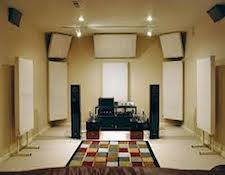 Traditionally, an audio system, if nothing else, is a collection of components an audiophile chooses because the sonics produced are pleasing. In the absence of that, or if our aural aspirations change, we will typically replace a component, speaker, or cable in the hopes of providing a different, and therefore better sound. However, rather than those measure of changes, sonics may be modified by the use of digital processing. Likewise, the sound produced by the system is altered by what may be considered on the one hand vastly improved means, and on the other, artificial changes not inherent in the recording. And not surprisingly, as it is with practically all things audio, there are those that willingly side with the “artificial” changes DSP and equalizers produce, and those that espouse them as unwanted and unnecessary.
Traditionally, an audio system, if nothing else, is a collection of components an audiophile chooses because the sonics produced are pleasing. In the absence of that, or if our aural aspirations change, we will typically replace a component, speaker, or cable in the hopes of providing a different, and therefore better sound. However, rather than those measure of changes, sonics may be modified by the use of digital processing. Likewise, the sound produced by the system is altered by what may be considered on the one hand vastly improved means, and on the other, artificial changes not inherent in the recording. And not surprisingly, as it is with practically all things audio, there are those that willingly side with the “artificial” changes DSP and equalizers produce, and those that espouse them as unwanted and unnecessary.
For my own purposes, my system is decidedly neutral and renders a very accurate portrayal of the recording, whether digital or analog. That of course, comes at considerable cost. To combat room anomalies, I chose room treatments as opposed to yet another step in a digital chain. Add to that, I also listen to analog through the use of a turntable so DSP, in that instance, is totally useless. My decision, however, was made by what I wanted out of an audio system. My choices, not surprisingly, were also modified and refined over the last ten or so years and have guided my buying decisions. Of course lastly, having a dedicated audio room allows the use of room treatments which basically eliminates the necessity of digital processing. Needless to say, those decisions are mine and mine alone. My circumstances and musical proclivities are obviously not the same as everyone else nor (laughably) should they be.
 Digital processing can and does change the sonics of any digital system. How those changes are interpreted by the listener are precipitously difficult to pin down. Much as how one person may like a particular song and another despise it, artificially changing the signal chain will be both welcomed and reviled. In the end, as always, it is a personal choice willingly made by an individual.
Digital processing can and does change the sonics of any digital system. How those changes are interpreted by the listener are precipitously difficult to pin down. Much as how one person may like a particular song and another despise it, artificially changing the signal chain will be both welcomed and reviled. In the end, as always, it is a personal choice willingly made by an individual.
